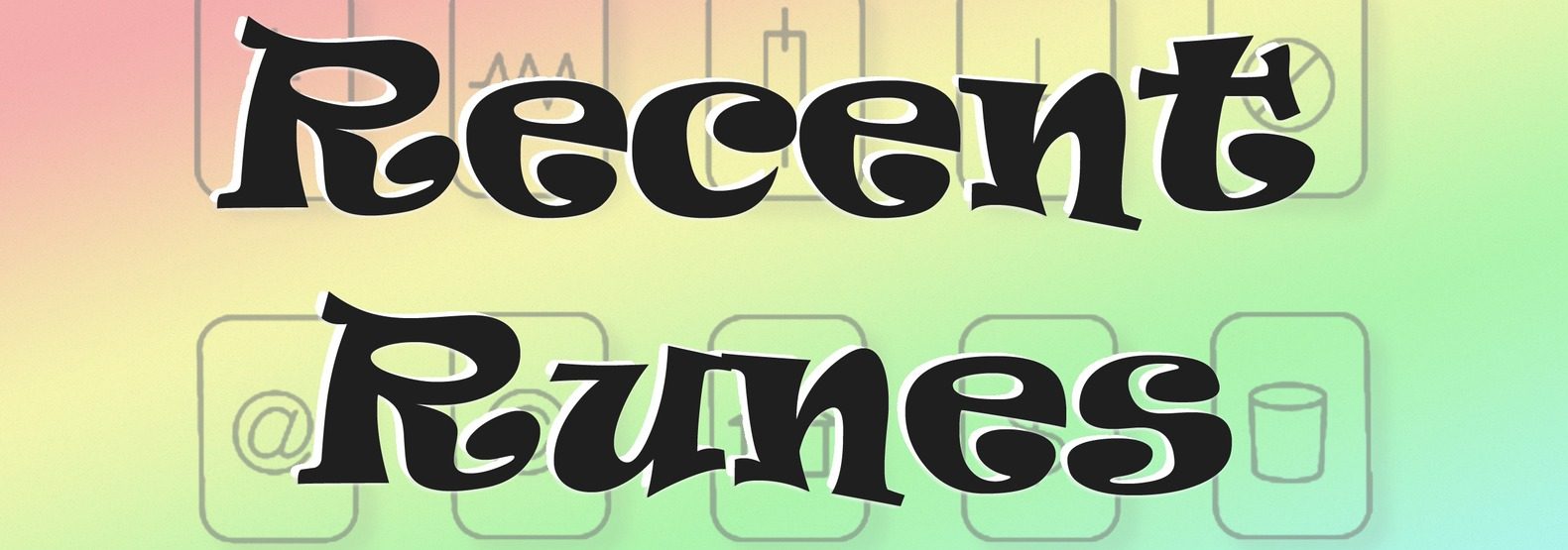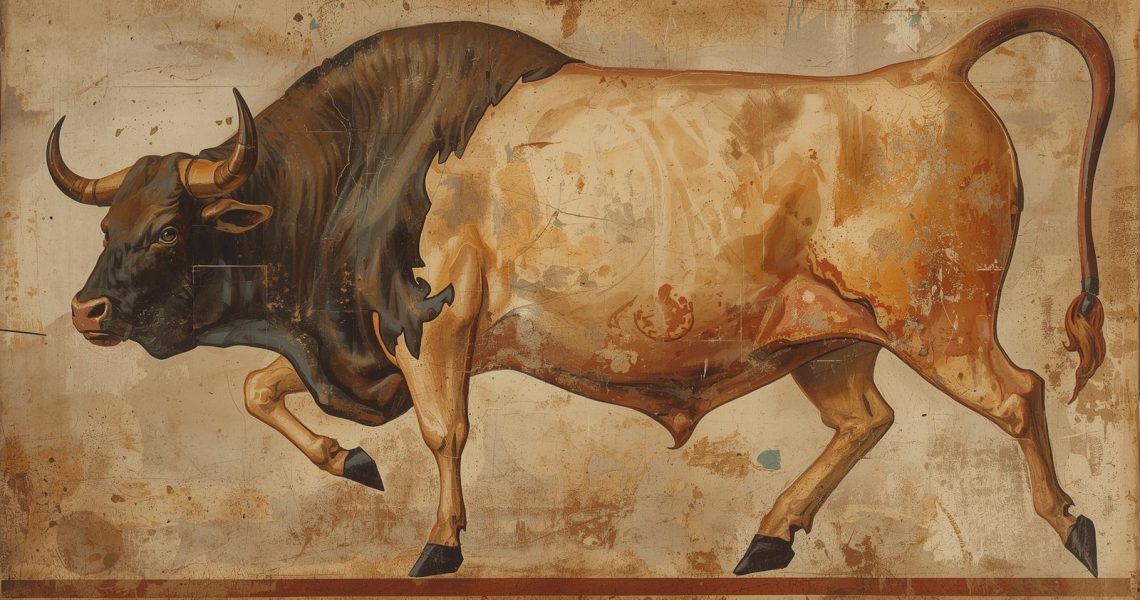The Symbolism of the Bull is multiple, complex, deep, and goes back into ancient time.

Bull
Also called Minos or Tarus, this Glyph governs advertising, public relations, spin, and politics. This is the B.S. fertilizing TV news – also the friendly bull session of male bonding. It is a Trickster Glyph. Some bragging going on? Maybe it’s about “just kidding around” but someone is probably pulling someone else’s leg. Make sure the trick isn’t on you. Bullishness is a positive attitude toward investments. Bulls in China shops mean chaos. Reversed—Are you kidding yourself? Cognitive dissonance here. Try to get to the ‘no bull’ state of clear mindedness or you will buy (and flounder in) your own rationalizations. (Which may be embarrassingly transparent to everybody else but you.) (Reversed may mean no bull, but the trickster is not to be trusted.)
Deeper interpretations: Bulls symbolize strength – of course masculine strength. People test themselves against bulls and have since action times; the Minoan games where acrobats vaulted over the backs of bulls. They running of the bulls in Spain is another example of people trying their luck against the power of the bull.
Bulls symbolize power in many ways.
Bulls symbolize optimism in the stock market, there’s even a life-size statue of a bull in New York on Wall Street
To be bull-headed is to be stubborn, intractable with hooves planted in the dirt.
The “bull in the China shop” represents chaos — random destruction.
This symbol is very context dependent. Are you The Matador, waving your red cape and risking being gored by the horns? Are you the picador poking sharp sticks into the bull? Are you riding a bucking rodeo bull?
Are you running with the bulls -of Pamplona Spain, of New York’s wall street, or of ancient Minoan Crete?
Are you swapping lies with your friends? Or do you suspect that you are getting what comes out of the back side of the bull?

